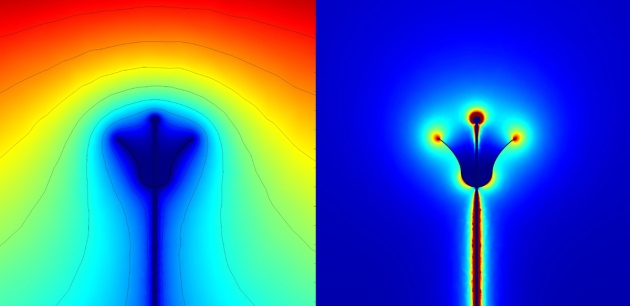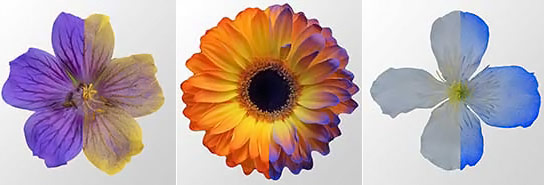We use cookies on our website and you can manage these via your browser setting at any time. See our Cookie Policy to learn more.
To review our Privacy Policy, including our obligations under the General Data Protection Regulation, please see our Privacy Policy
PARENTS: Please note that you should allow cookies in order to log into the Parent Area. Further information
OB Clara Montgomery talks bumble bees and electrostatics
The Science Department welcomed back, OB Clara Montgomery (Ht ’10) to present a talk on bumble bees and electrostatics as part of the Science Society talks.
Over 60 pupils attended the talk and listened to Clara explain about tribology (the study of rubbing materials together to induce electrostatic charge). She went on to discuss how bees almost always have a positive charge and how flowers tend to have a negative charge, and it is this difference that causes a transfer of pollen.
Electroreception was initially thought to only be found in aquatic animals, but Clara, along with her research group is proving this to be an incorrect assumption. Bees can detect artificial flowers charged with 30V, demonstrated by some ingenious methodology applied by the research group. Further investigation revealed that the bee’s hair detects the electric field and that they use this ‘extra’ sense to get additional information when visiting flowers (floral cue). This sense helps them to distinguish between rewarding and unrewarding flowers, which in turn improves their foraging ability.
Nick Welford, Head of Science at Bryanston, commented: “It was fantastic to have Clara come along and chat to the pupils about her research. Her methodology really struck a chord with our IB pupils who are currently doing their Biology internal assessment.”
Clara is in her third year of a PhD at the University of Bristol studying the mechanisms and ecological relevance of electroreception in bumblebees.


